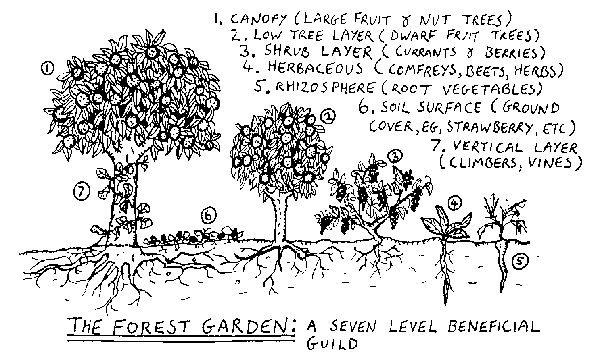
 2
2




 3
3




Olga Booker wrote:It is true that cats are bird killers, they usually kill small birds, same for windows. Turbines kill large birds, mostly protected, endangered species like the American golden eagle for example. As more and more turbines will be built, more and more large birds will disappear.
Endless Prairies resident.
Currently home of... 8 bovines, 1 equine, 5 feline, 2 canine and numerous poultry.




Olga Booker wrote:
There is concern regarding bats being unable to predict the rotation of the blades leaving them at a severe disadvantage. However, again, sites are researched and most try hard not to build in locations putting large bat populations at risk. But there are other management techniques as well. Some areas that have shown serious fatalities may shut the turbines off at night so they aren't a risk to bats. This method is also used in other areas with other birds.
Turbines are constantly works in progress, as with all things. They've come leaps and bounds in the last few decades. Any concerns with them are generally fairly miniscule, as I think this thread has highlighted out. It's usually more a case of rumour and insinuation vs actual problems.




Home & LifeStyle Building Training. How to transition from the Rat Race to Freedom!
https://upvir.al/56817/lp56817
Also, Chechout My YouTube Channel
https://www.youtube.com/channel/UC-rd5G_2jWSV-sAi-xpdFZA








Vic Johanson
"I must Create a System, or be enslaved by another Man's"--William Blake
 2
2




Ty Morrison wrote:
I was hoping we could nail down the AT-ness of pumps, and Wind power is proven to have work throughout the settling days of the west, why is it treated as a curiosity now? Why new fangled three blade monster turbines to power monster electric pumps, when we could lift the water with wind?




“The most important decision we make is whether we believe we live in a friendly or hostile universe.”― Albert Einstein




We really don't know how much we don't know.




Olga Booker wrote:It is true that cats are bird killers, they usually kill small birds, same for windows. Turbines kill large birds, mostly protected, endangered species like the American golden eagle for example. As more and more turbines will be built, more and more large birds will disappear.
We really don't know how much we don't know.
 1
1








Sebastian Köln wrote:
I prefer many small wind turbines over one big one. Repairing a small wind turbine probably doable within a small community. Fixing a big one is impossible without heavy, expensive equipment.
Idle dreamer




We really don't know how much we don't know.




















Glenn Herbert wrote:True net metering (your meter just runs backward when you are producing more than you use) is a wonderful statement of public policy, but actually an unfair plan. By paying the solar/wind/whatever-connected producers full retail price, all non-producing customers have to pay more for their electricity because of the high-priced source. This rational complaint gives those who want to end all power buyback leverage, as they have something patently unfair to campaign against. If the small renewable producers are paid a wholesale rate (exactly what that should be is an open question), they are supporting the grid and themselves and giving no reasonable cause to fight their connection.
The short version: Generous net metering schemes are counterproductive and will fuel a backlash against the whole concept.




Glenn Herbert wrote:True net metering (your meter just runs backward when you are producing more than you use) is a wonderful statement of public policy, but actually an unfair plan. By paying the solar/wind/whatever-connected producers full retail price, all non-producing customers have to pay more for their electricity because of the high-priced source. This rational complaint gives those who want to end all power buyback leverage, as they have something patently unfair to campaign against. If the small renewable producers are paid a wholesale rate (exactly what that should be is an open question), they are supporting the grid and themselves and giving no reasonable cause to fight their connection.
The short version: Generous net metering schemes are counterproductive and will fuel a backlash against the whole concept.
We really don't know how much we don't know.













We really don't know how much we don't know.
 1
1




Clear skies,
Brad Vietje
Newbury, VT
 2
2






 1
1












Satamax Antone wrote:what is your take?








 :
:
“The most important decision we make is whether we believe we live in a friendly or hostile universe.”― Albert Einstein




 1
1




 1
1




"Where will you drive your own picket stake? Where will you choose to make your stand? Give me a threshold, a specific point at which you will finally stop running, at which you will finally fight back." (Derrick Jensen)




Vic Johanson
"I must Create a System, or be enslaved by another Man's"--William Blake




“The most important decision we make is whether we believe we live in a friendly or hostile universe.”― Albert Einstein




 1
1














Invasive plants are Earth's way of insisting we notice her medicines. Stephen Herrod Buhner
Everyone learns what works by learning what doesn't work. Stephen Herrod Buhner




Invasive plants are Earth's way of insisting we notice her medicines. Stephen Herrod Buhner
Everyone learns what works by learning what doesn't work. Stephen Herrod Buhner






